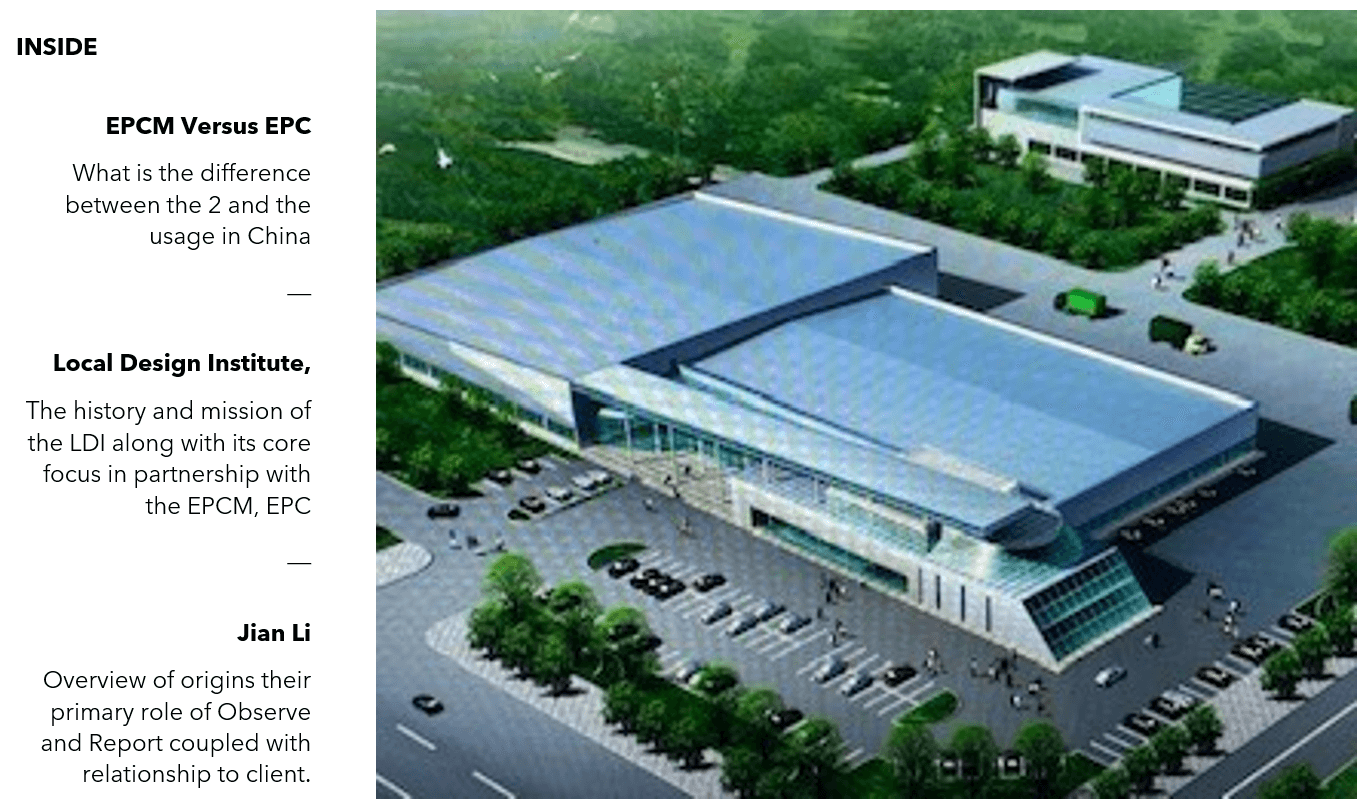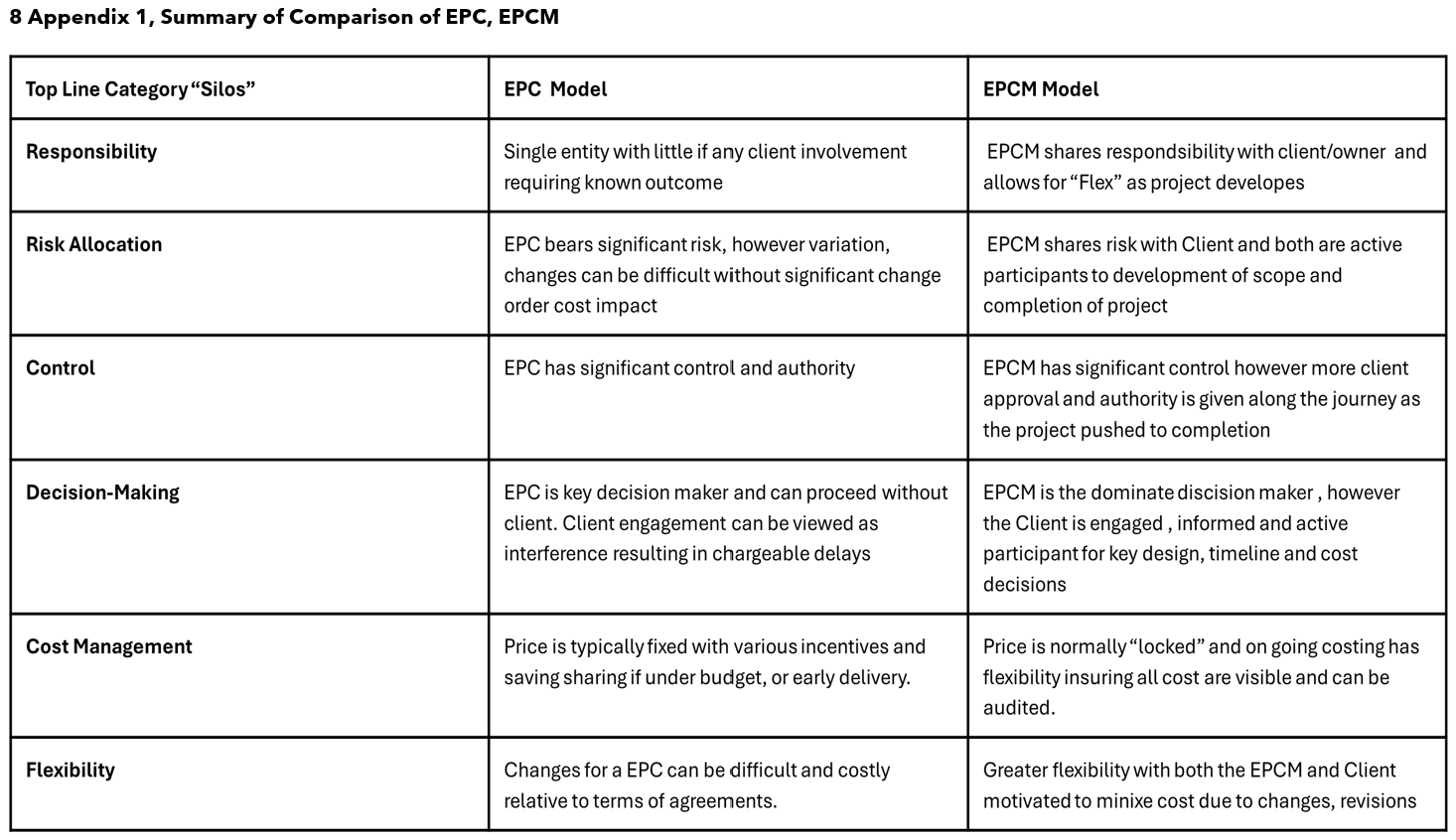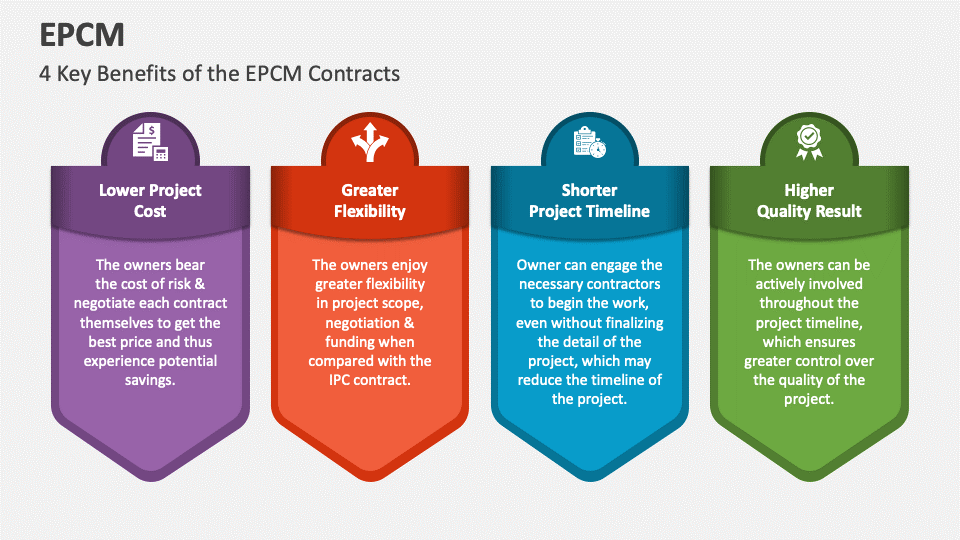Insights from SEP, Solutions Engineering and Project Management

– By James Costa
The confusion and client examination of what works, or what is needed to execute a successful project can be extremely frustrating when attempting to do an Industrial project in China. This aspect is not limited to foreign firms, this frustration also exists with local Industrial firms as well. The following is provided in the hopes of providing more clarity of the roles, responsibilities, cost management and what these groups, EPCM’s, EPC, LDI’s and Jian Li’s have, that is “Core” to their skill sets, history, and project mission today.
Project Category related to Industrial works whether Green Field, Brown Field, or Modification/Expansion
EPCM versus EPC, when it comes to complex projects in industries like Food, Beverages, Pharma, Auto, Agri, Medical, etc., related to infrastructure, two common types come into play: EPC (Engineering, Procurement, and Construction) and EPCM (Engineering, Procurement, Construction Management). While both types involve multiple aspects of project management, they have distinct differences that can significantly impact project execution, cost, and control. EPC’ s work best in known, secure environments where risk is minimal and outcome is predictable, 90.95% of design in hand, for example in repetitive type works in low-risk geo areas. EPCM is best for projects requiring “Flexibility” with more unknowns, less than 85% design in hand and project outcome is known the outcome can morph in various forms. Geo areas or regions with real or perceived risk also fit well for EPCM execution where you want open book, visibility, and participation in the project evolution.
In the world of large-scale projects, Mega Food Plants, frameworks are essential to ensure smooth collaboration among various stakeholders. EPC and EPCM are two widely used approaches, each with its own set of advantages and considerations. Engineering, Procurement, and Construction (EPC) are known for their turnkey approach to project management. In an EPC, as an entity, often referred to as the EPC contractor, is responsible for the entire project lifecycle, from design and engineering to procurement of materials and construction. This integrated approach offers the following:
Advantages of EPC Contracts
EPCM Contracts: A Closer Look
Engineering, Procurement, and Construction Management (EPCM) follow a slightly different approach. In an EPCM, project management responsibilities are the EPCM as primary but require client participation with a much greater obligation to inform and advise. While the EPCM oversees the engineering, procurement, and construction phases, the project owner, Client, retains greater control over decision-making, risk management and cost control.
Advantages of EPCM
Conclusion:
In conclusion, choosing between EPC and EPCM contracts requires careful consideration of the project’s scope, complexity, and the level of control desired by the project owner. EPC offers a more turnkey solution with less collaboration required, while EPCM contracts provide greater flexibility and client input coupled with collaboration in critical areas.

– James Costa
The LDI, Local Design Institute for China has a core role established back to 1953 which was Architecture, Design with a functional usage yet with a socialist emphasis. Today these LDI’s range from 1 person operations up to 6000, i.e. CCC, and focus on designs that are functional but represent the “Brand” of China as it demonstrates designs with true China characteristics. Today the Customer’s Brand is a primary priority that must be balanced with the historical mission of the Local Design Institute.
Core works for an LDI:
LDIs are local architectural practitioners that handle the following: Building code approvals, Site inspections, Working drawings, Local planning, and EPCM/GC support with drawings.
In addition, today it is Building Information Modelling (BIM) Consultant. Local Design Institute (LDI), a local architectural practice which will produce the project’s working drawings, handle local planning and building code approvals, carry out site inspections, and deal directly with construction organization(s), etc., Process works. Interior Design Consultant. Traffic / Parking Analysis Consultant. Curtain Wall Consultant (Curtain Wall, Skylights & Special Roof Structures), Landscape Design Consultant.
Local Design Institute (LDI) is critical for the design approval for submission to authorities. Stamped construction drawings today typically belong to EPCM and General Contractor. The project management on site is owned by the EPCM. Every building project must use an LDI, and it must be the LDI local to the site, rather than local to the architect’s office. Remember the LDI is a compliance resource for design, NOT necessarily there to sponsor your company aspirations for your company’s functional usage, brand equity, or cost limits for a project.
Evolution for some larger LDIs may also offer services beyond traditional:
Today some LDI’s are evolving into providing other services, for example active site management, or providing Jian Li’s, in addition BIM drawings, completion of feasibility studies, other documentation,
However, remember LDI’s “core” is Design review after completion of the concept design, which is completed with the EPCM, post this they work with the EPCM to create the detailed design content, after this when the EPCM is working with the GC to complete construction drawing, they will continue to support for compliance,
Best is Class, is to have an EPCM who partner and recruits the “right” LDI to develop and complete the designs that will be executed by the EPCM and its design team.
Industry Category Comments:
With the 100’s of LDI’s in China, we have only a handful that are complete, reliable, and fully skilled in the industrial project category. With that said these LDI’s have a vast amount of data, history and insight related to designs, and the PRC building codes requirements. Relative to tools and 3D, BIM, etc., these firms are well suited to execute on drawings. The aspect of communications continues to be a challenge along with being dynamic during the entire project process. Most LDI’s wish to do their component and disengage from project within a short 90-day cycle.

Jian Li Definition and role in the PRC:
The Jian Li is a format created in 1995 to address Quality compliance to China building codes, today referred to as GB code. These resources are typically minimized to meet requirement by the EPCM, however are required. Their role is to sign off on executed work only, not to manage, supervisor or to complete.
– James Costa
The literal meaning of Jian Li in Chinese is “project supervisor” and it refers to someone engaged by the owner to supervise the contractor on matters like construction quality, progress of works and at times cost control, however this is much less likely with a project. The Jian Li’s key role is to ensure that a project is constructed safely and to the quality standards as required under Chinese, local standards, and laws. The appointment of a Jian Li is mandatory for certain types of construction projects in China, for example projects funded by international development agencies, infrastructure projects and public utilities projects.
Note they will not do safety management or quality management, but they will go yes or no on work completed, their role is representing the client on behave of the State that the work complies to central government, GB code minimums. The EPCM is the required resource for management of the work associated with completion and compliance.
Although appointed by the project owner, Jian Li is primarily intended to play a statutory role like that of an independent auditor/3rd. party of works which we see in many countries.
Like construction and design companies, Jian Li companies must obtain Skill Qualifications Certificates (SQCs) from the construction authority before they can conduct their work. The SQCs are classified into several grades which determine the size and scope of the projects that the holder is permitted to work on. A newly set up Jian Li company is only allowed to apply for the lowest grade of SQC and must wait for at least two years to apply for a higher grade.
Regardless of this, if you have an issue you can expect to be pulled into the liability should there be any, however ensure the Jian Li service has financial strength and the insurances that could cover the risk, or at a minimum minimize the risk/liability. With this said payouts in China, compared to USA and Europe, would be considered very low. The larger concern would be the stoppage of your operation should there be an issue. I want to stress with your project, your risk is very minimal that you will have an issue given the parties involved depending on the EPCM, EPC, and or LDI utilized.
